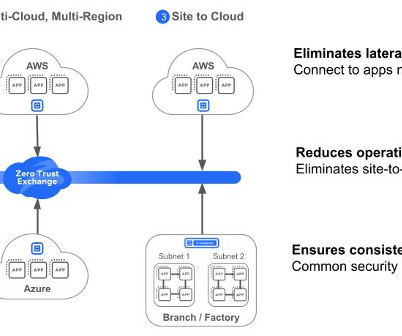Why you must extend Zero Trust to public cloud workloads
CIO Business Intelligence
NOVEMBER 8, 2023
Hence, it’s important to protect the cloud and its various connections across various cloud environments, not just those that directly tie back to the on-premise network. It’s not as simple as just extending traditional firewall capabilities to the cloud. In fact, a few of the most common challenges include: Risk. 8 Complexity.

















Let's personalize your content